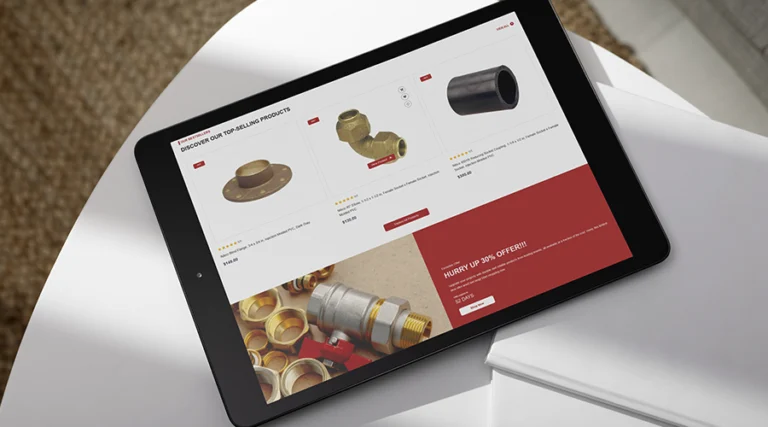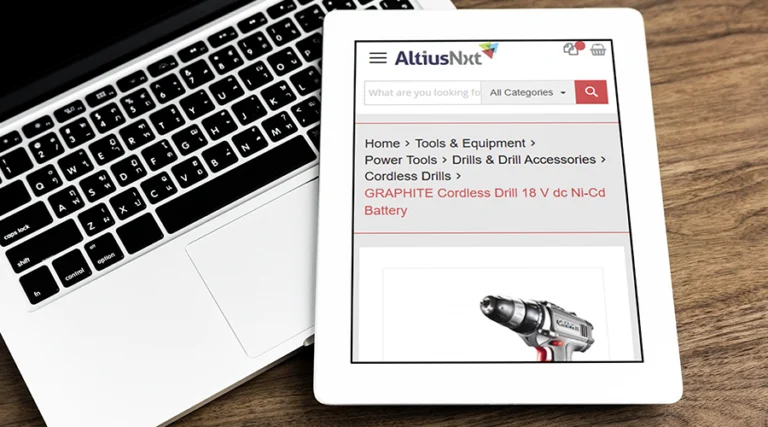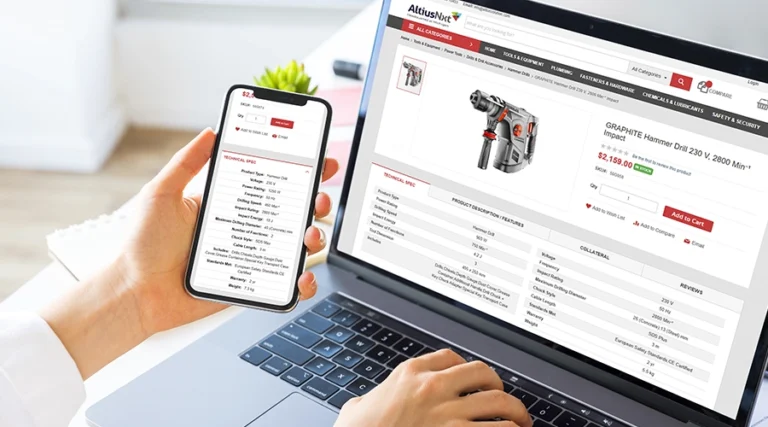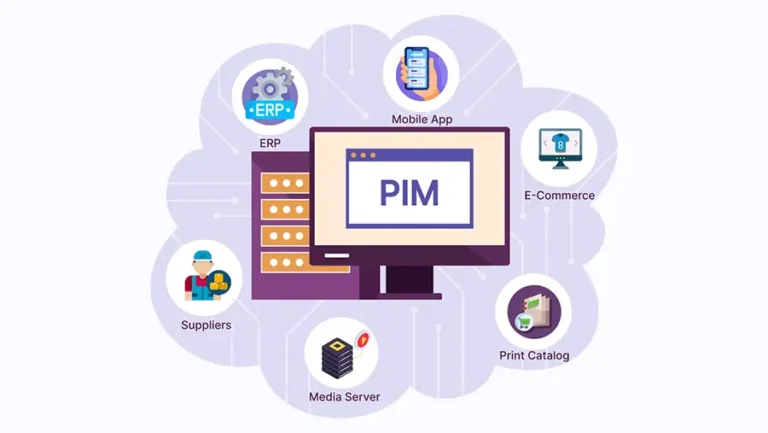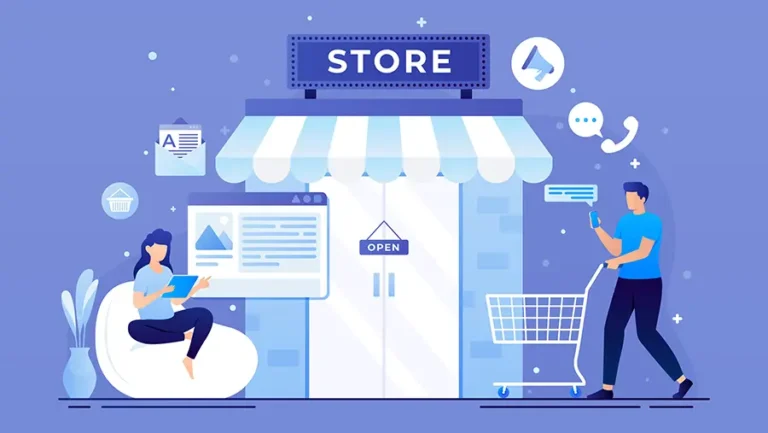Welcome to Our Blog Space
Join us on a journey of discovery, inspiration, and innovation. Dive into stories that matter and tips that work.
How Product Content Enrichment Will Drive Your Sales Growth in 2025
The eCommerce industry is experiencing rapid growth, with online shopping...
Know MoreUnlock E-Commerce Success: How Taxonomy Hierarchy Can Skyrocket Your Sales
In the fast-paced world of industrial distribution, e-commerce has become...
Know MoreWhat Is Product Data Enrichment and Why It’s Essential for Your Business?
Product Data Enrichment is essential for providing customers with clear,...
Know MoreWhat is Product Information Management (PIM) for eCommerce?
Introduction In eCommerce, businesses handle substantial volumes of product data,...
Know More8 Ways a Product Information Management (PIM) System Will Save You Time
Introduction As your eCommerce business grows, managing extensive product data...
Know More5 Essential Strategies to Keep Visitors on Your Website and eCommerce
Introduction In today’s competitive digital landscape, keeping visitors engaged on...
Know More
